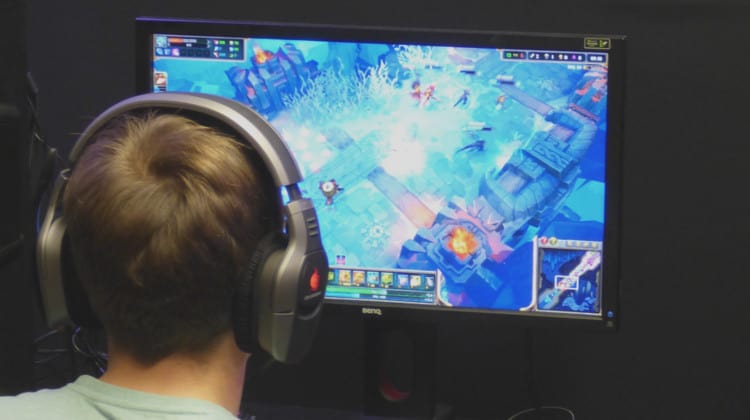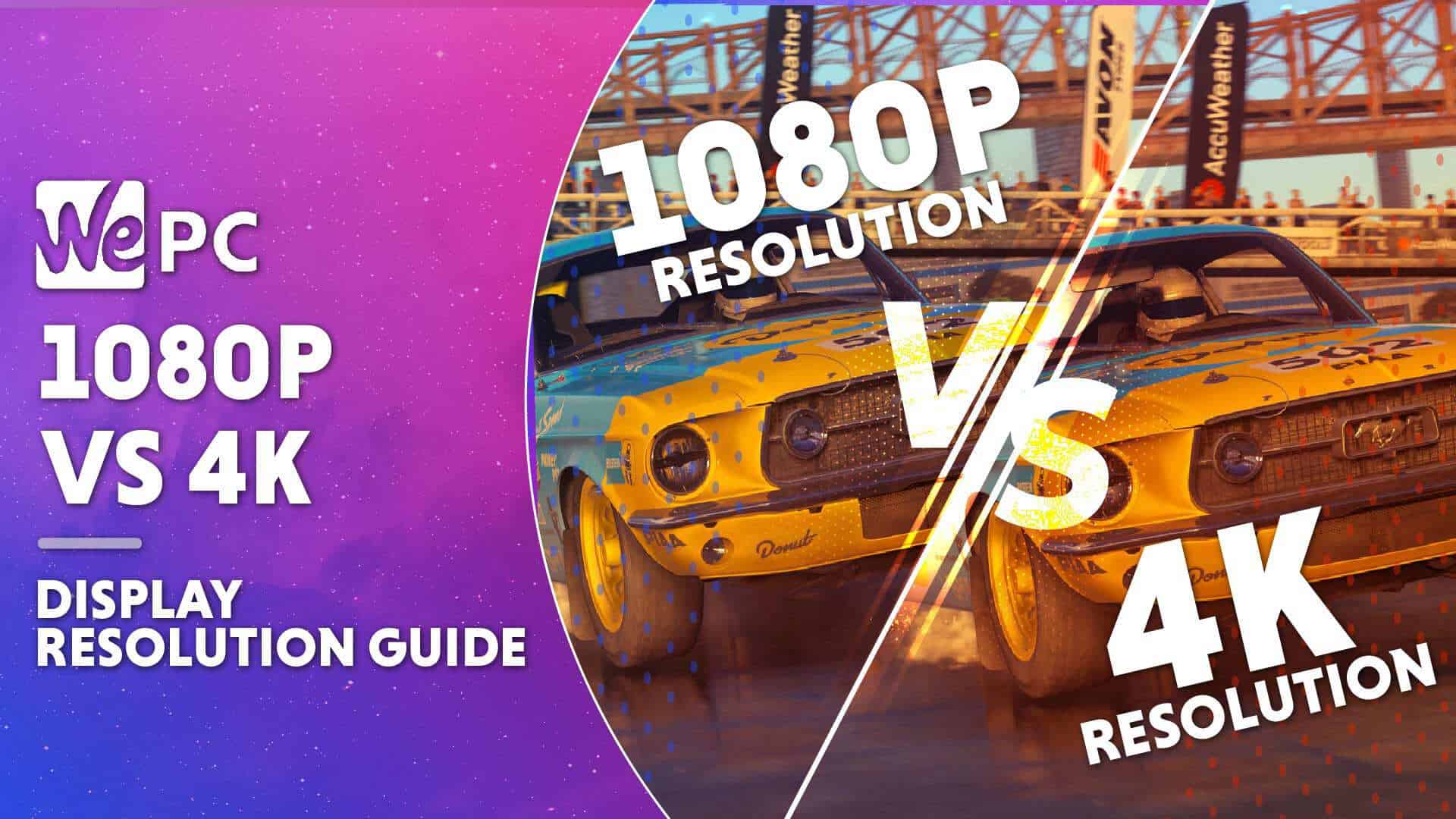

But there’s a new problem: already, some are looking beyond 4K to higher resolutions still. There have been great improvements in that time: the price of entry has dropped dramatically to around £350 for a basic panel, Windows doesn’t get quite as befuddled, and graphics cards are better at producing the hundreds of millions of pixels required for smooth gameplay. We’re two years in to 4K’s lifespan as a viable gaming standard.

There’s heated debate on how to even measure a pixel. It conveys an image of marketing people rather manically gushing that it’s four times better, without being totally clear what makes that true.

But 4K tries to get across something more complex: it’s not a horizontal resolution of 4000p, but rather four times the pixels (8.3 million to 1080p’s 2.7 million). 720p is a transparent term, likewise 1080p. Windows also had a hard time scaling to that ultra-high resolution, which often left users squinting at miniscule icons or enduring out-of-whack aspect ratios. The PQ321Q’s 60Hz refresh rate made it a unicorn in a market otherwise populated by lacklustre 30Hz displays – and even so, it achieved that 60Hz by running two seperate 1920 x 2160 displays side-by-side and ’tiling’ them, which brought about its own problems when attempting to run at lower resolutions. Eyes were more likely to be drawn to the £3000 price tag than the 3840 x 2160 resolution though.Įarly adopters who weren’t put off by 4K’s mile-high entry fee in 2013 had other problems to deal with. “An experience only 4K can deliver,” ran the tagline for the 31-inch Asus PQ321Q, the first commercially available 4K PC monitor back in 2013. High definition was a simple concept, but by comparison 4K seems iterative, less revolutionary than its predecessor. It wasn’t until 2012 though that manufacturers began to push 4K to the consumer market, and at that point they ran into several problems. IBM produced the first 4K production monitor back in 2001 the T220 had a native resolution of 3840 x 2400 on a 22.2-inch screen and became the godfather of ultra-HD displays. It isn’t a bleeding edge tech standard anymore, either. It remains, for now at least, a hobbyist proposition. 4K isn’t becoming the new standard for gamers as 1080p has been for several years. Steam’s November hardware survey reports a 0.07% share of its user base gaming at 3840 x 2160, compared with 35.21% gaming at 1920 x 1080. Indeed, many of us are yet to see 4K at all in our homes. If 4K is capable of a similar transformative moment, we’ve yet to see it.


 0 kommentar(er)
0 kommentar(er)
